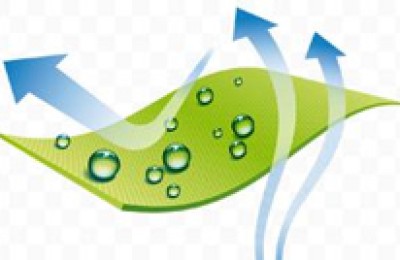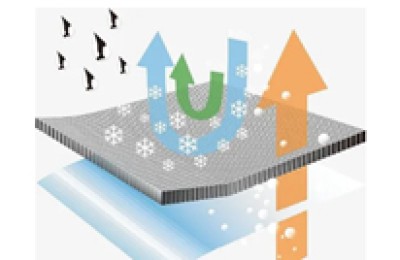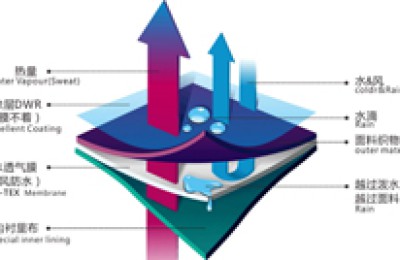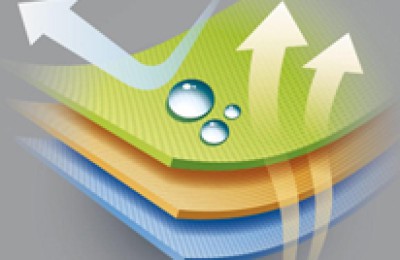Removal of silicone softener from finished knitted fabrics
Removal of silicone softener from finished knitted fabrics
In recent years, silicone softeners have developed rapidly and are widely used in the softening and finishing of high-end knitted fabrics. Silicone softeners can give knitted fabrics a soft, smooth, plump and elastic feel, as well as anti-wrinkle, wear-resistant, washable, and good sewing properties. This greatly increases the added value of the product and is therefore favored by customers.
Silicone softeners are chemically stable and have a non-water-soluble macromolecular structure. They have strong ability to adsorb to the fiber surface, and some active groups form chemical bonds or self-crosslink with the fiber, forming an elastic network structure with a high degree of polymerization on the fiber surface. Therefore, it is difficult to remove silicone softener from finished knitted fabrics by ordinary methods. Knitted fabrics have a higher rate of re-dying and re-repairing. If the silicone softener on the fabric is not removed before re-dying or re-repairing the fabric, the fabric will not be colored at all. If the removal is not clean, it will cause obvious color stains. Only Only the silicone softener on the reworked fabric can be re-dyed and repaired. After repeated trials and large-scale production promotion and application, a method has been found that can effectively remove silicone softeners on finished knitted fabrics.
1Removal method test
1.1 Test materials and equipment
Fabric type: 100% polyester knitted fabric, polyester/cotton blended knitted fabric, 100% cotton knitted fabric
Reagents: Silicone remover DM-1741 (Shunde Demei), silicone softener SA (Nanhai Saite), caustic soda (industrial grade), soda ash (industrial grade), Akesan AD (ciba), 27.5% hydrogen peroxide (industrial grade) level)
Equipment: Overflow jet dyeing machine (Hong Kong Lixin)
1.2 Test results and discussion
Silicone softener removal tests were conducted on 100% polyester knitted fabric, 100% cotton knitted fabric, and 100% polyester/cotton blended knitted fabric using different formulas. The results are listed in Table 1, Table 2, and Table 3 respectively.
The effect ratings 1 to 5 in the table correspond to poor, poor, medium, good and excellent removal effects of silicone softener on cloth. When the removal effect reaches level 4, color flowers will not appear on the cloth when it is re-dyed or repaired.
2Results and Discussion
(1) The polyester fiber molecules on the all-polyester knitted fabric do not have polar groups such as hydroxyl groups. Using strong alkaline caustic soda combined with silicone removal spirit can achieve level 4 removal of silicone softener on the cloth surface, and the fabric can be counter-dyed and recycled. Colorful flowers will not appear as a result of cultivation.
The effect of using Akesan AD (acrylic acid quaternary ammonium sodium salt) and silicone remover DM-1741 to remove silicone softeners: the full polyester knitted fabric reaches level 5, and the polyester/cotton blended knitted fabric reaches level 4 or above. The reason is that Akesan AD can emulsify and encapsulate amino silicone and combine it with the action of silicone removal spirit, so the effect is better.
(2) Cotton knitted fabric has a large number of hydroxyl groups on the cotton fiber molecules. The first four methods in Table 2 are not effective. Only 27.5% hydrogen peroxide is used, combined with akesan and caustic soda, to destroy the amino silicon and fiber. Chemical bonding or self-crosslinking can achieve the effect of fully emulsifying and encapsulating silicone softeners.
(3) Polyester/cotton blended knitted fabric contains both polyester and cotton fiber molecules. Based on comprehensive comparison, the removal effect of Akesan AD combined with silicone removal spirit DM-1741 is good.
(4) It has been verified by experiments that this removal method is not only suitable for removing silicone softener SA, but also suitable for removing most types of silicone softeners on the market.
After the above method is applied to the large-scale dyeing and finishing production of 100% polyester, 100% cotton and polyester/cotton blended knitted fabrics, it effectively solves the problem of high light and medium color counter-dyeing and repair after the knitted fabrics are softened and finished with silicone softeners. The problem of high probability of silicon stains has been recognized and applied by knitting bleaching and dyeing factories. WnNYP08b6Z
Disclaimer:
Disclaimer: Some of the texts, pictures, audios, and videos of some articles published on this site are from the Internet and do not represent the views of this site. The copyrights belong to the original authors. If you find that the information reproduced on this website infringes upon your rights, please contact us and we will change or delete it as soon as possible.
AA







